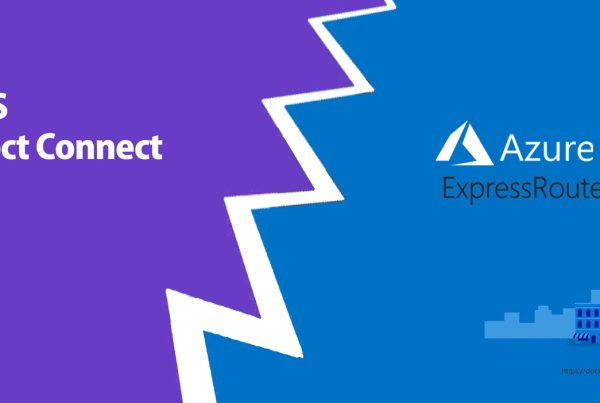Satellite Internet Providers
Low Earth Orbit vs. Traditional
As internet connectivity becomes essential for businesses and individuals worldwide, satellite internet providers have evolved to offer faster speeds and lower latency. Traditionally, satellite internet relied on geostationary satellites, but the emergence of Low Earth Orbit (LEO) satellite networks is transforming the industry. In this article, we’ll compare LEO satellite internet with traditional satellite internet, highlighting the key differences, benefits, and challenges of each.
What is Traditional Satellite Internet?
Traditional satellite internet providers, such as HughesNet and Viasat, operate using geostationary satellites (GEO) positioned approximately 22,000 miles (35,786 km) above Earth. These satellites maintain a fixed position relative to the planet, enabling broad coverage across large geographic areas.
Pros of Traditional Satellite Internet:
✅ Wide Coverage – Ideal for rural and remote areas with limited infrastructure.
✅ Stable Connection – Maintains a constant connection with minimal risk of network failure.
Cons of Traditional Satellite Internet:
❌ High Latency – Due to the long distance signals must travel, latency can exceed 600 milliseconds, making real-time applications like gaming and video calls difficult.
❌ Lower Speeds – Speeds typically range from 25–100 Mbps, which may not be sufficient for high-bandwidth activities.
❌ Data Caps & Expensive Plans – Many providers enforce strict data limits, leading to slower speeds once exceeded.
What is Low Earth Orbit (LEO) Satellite Internet?
Low Earth Orbit (LEO) satellite providers, like Starlink (by SpaceX), OneWeb, and Amazon’s Project Kuiper, use constellations of satellites orbiting at much lower altitudes—typically 300 to 1,200 miles (500 to 2,000 km) above Earth. This proximity enables faster data transmission and significantly lower latency.
Pros of LEO Satellite Internet:
✅ Low Latency – LEO networks offer latency as low as 20–40 milliseconds, making them suitable for gaming, video conferencing, and other real-time applications.
✅ Higher Speeds – Providers like Starlink deliver speeds up to 250 Mbps, with ongoing improvements.
✅ Scalability & Expansion – LEO networks can add satellites to enhance coverage and reduce congestion.
Cons of LEO Satellite Internet:
❌ Limited Coverage Areas (for now) – Since LEO networks require multiple satellites, coverage can be inconsistent in certain regions.
❌ Expensive Hardware & Subscription Fees – Starlink’s equipment costs around $599+, with monthly fees starting at $90–$120.
❌ Weather & Signal Disruptions – LEO signals may be affected by heavy rain, snow, or dense tree coverage.
Which One is Right for You?
| Feature | Traditional (GEO) | LEO Satellite |
|---|---|---|
| Latency | 600+ ms | 20–40 ms |
| Speed | 25–100 Mbps | 100–250+ Mbps |
| Coverage | Global (consistent) | Expanding (still limited) |
| Cost | Lower equipment cost | Higher initial cost |
| Best for | General browsing, email | Streaming, gaming, remote work |
If you live in an extremely remote area and need basic internet access, traditional satellite providers like HughesNet or Viasat may be a reliable option. However, if you require high-speed, low-latency connectivity, LEO satellite internet is the future of satellite broadband. As companies like Starlink, OneWeb, and Amazon Kuiper expand their networks, expect faster speeds, lower costs, and better global coverage in the coming years.




